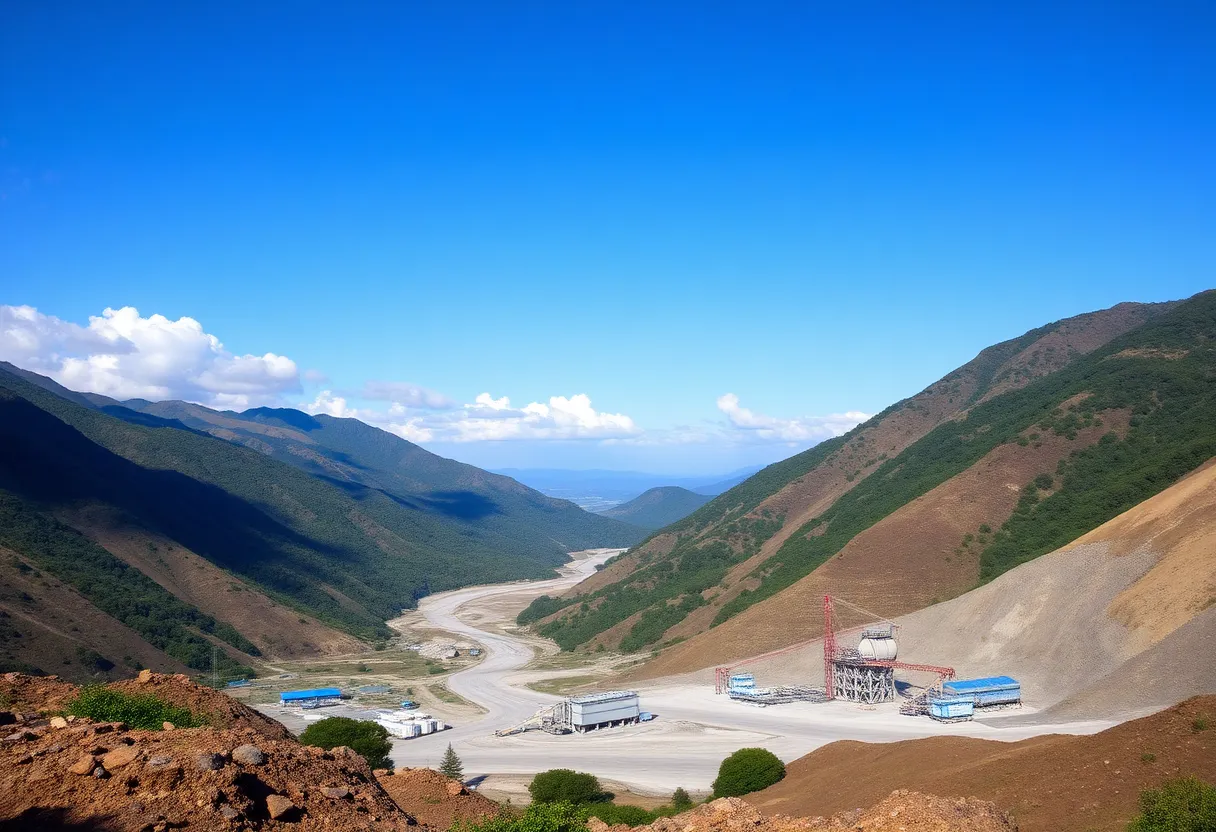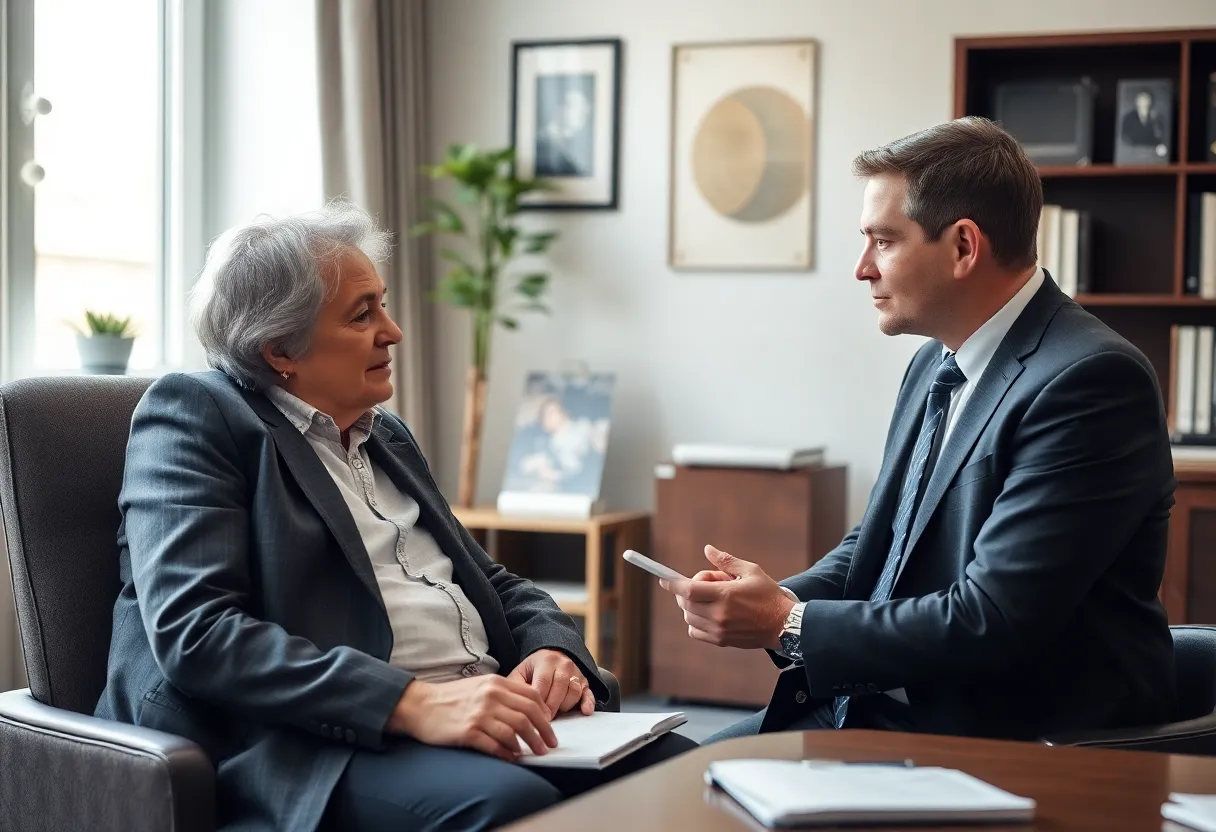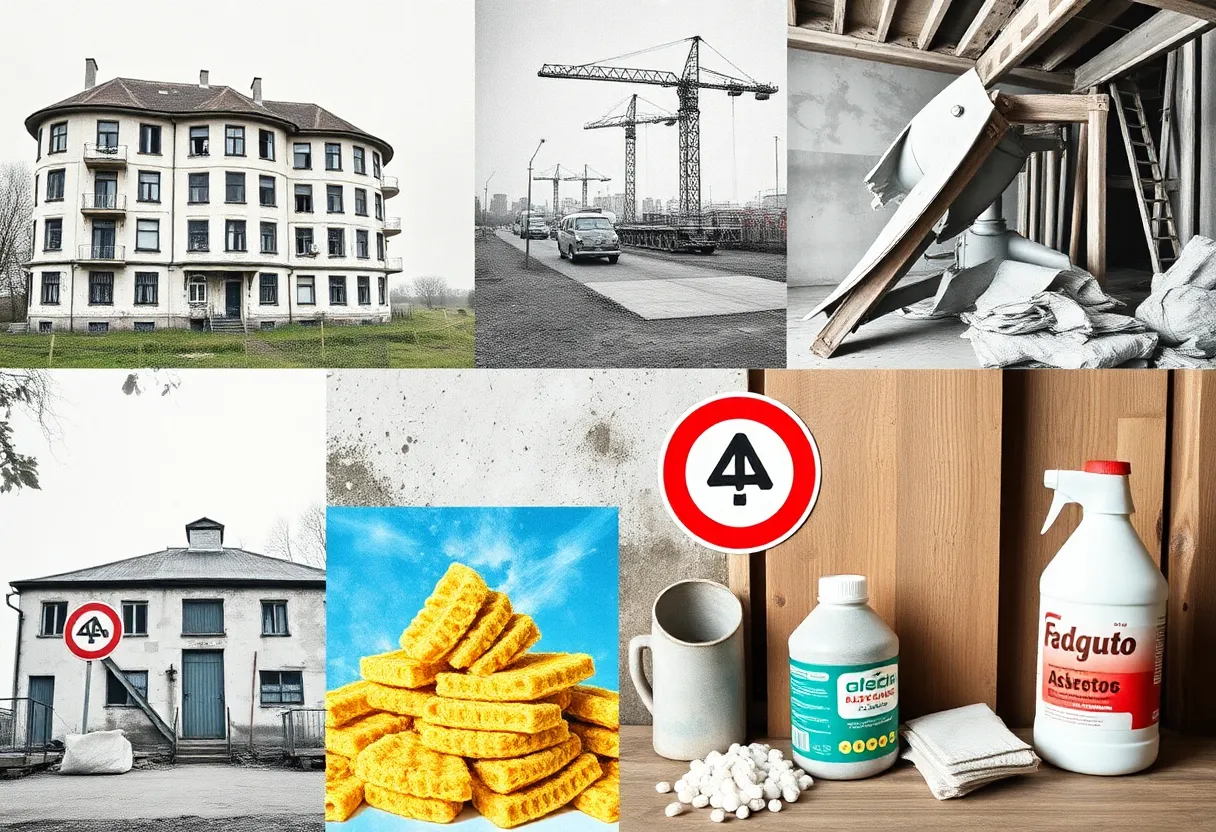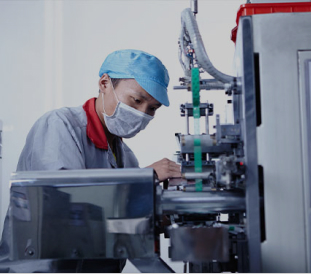News Summary
Minaçu, Brazil, historically known for asbestos mining, is now pivoting to rare earth elements, aiming to become a major player in the global supply chain. With significant investment from the government and the Serra Verde mining company, the town is facing both opportunities for economic recovery and challenges linked to its health and environmental past. As demand for rare earths rises, the region hopes to leverage its resources responsibly and sustainably.
Mining Town of Minaçu: From Asbestos to Rare Earths
In the remote reaches of Brazil, the small city of Minaçu stands as a significant player in two vastly different mineral markets: asbestos and rare earth elements. The only asbestos mine in the Americas has had a complicated legacy for this town, founded around the lucrative exploitation of the fibrous mineral. However, with an alarming health crisis behind it, Minaçu is now on the cusp of transformation as it gears up to become the first operation outside Asia to extract four critical rare earths on a commercial scale.
A Shift in the Mining Landscape
Asbestos mining in Brazil was banned in 2017 due to its potential to cause severe health problems, including lung cancer and asbestosis. Despite the ban, the impacts of asbestos linger, with over 3,057 asbestos-related deaths reported in the country between 1996 and 2017. While many nations have outlawed its use, including 65 countries, asbestos remains a point of economic and health tension in Minaçu, where 32% of families live in poverty.
To mitigate the economic effects of asbestos-related decline, the Brazilian government is channeling investment that exceeds 5 billion reals (approximately £670 million) into strategic mineral supply projects. With Brazil holding the second-largest known reserves of rare earths globally, the country is positioning itself to tap into a sector expected to dramatically grow due to rising demand for clean and renewable energies.
The Rise of Rare Earth Elements
Rare earth elements (REEs) include 17 distinct elements known for their high magnetism and light absorption capabilities. They play a pivotal role in manufacturing clean energy technologies, such as electric vehicles and wind turbines, making them indispensable for the ongoing energy transition worldwide.
In the face of supply uncertainties tied to trade disputes—primarily between China and the United States—Minaçu’s Serra Verde mining company, controlled by American fund Denham Capital, has embarked on a new era of production by focusing on neodymium, praseodymium, dysprosium, and terbium. This operation, targeting one of the largest known ionic clay deposits outside Southeast Asia, aims to alleviate some of the pressures from China’s near-monopoly, which currently accounts for over 90% of global rare-earth magnet manufacturing.
Challenges Ahead
Despite the promising prospects, Serra Verde has faced hurdles. Targeting a production goal of 5,000 tons annually, the company managed only two shipments to China in 2022, totaling a mere 479 tons. Local officials express optimism that increased mining royalties could pave the way for improved community welfare, although previous mining activities have often resulted in more promises than benefits.
Furthermore, residents have voiced concerns regarding the potential health impacts associated with new mining activities, fearing that economic prosperity might not come without costs. Reports of environmental damage, including water contamination, have surfaced following the initiation of mining operations.
A Sustainable Future in Mining?
Serra Verde asserts that its mining processes are sustainable, employing non-toxic methods and relying on renewable energy sources for operations. The company aims to foster downstream partnerships which support sustainable supply chains in the evolving rare earth sector. A comprehensive industrial strategy is urgently needed for Brazil to solidify its role in the rare earths production chain, particularly as demand doubled globally between 2015 and 2023.
The production complexities surrounding rare earth elements—due to their intricate separation processes—mean that investments in extraction, refining, and specialized labor are paramount for Brazil’s continued success in this arena. With the world moving towards a greener future, the Pela Ema deposit in Minaçu could prove to be a goldmine of resources, if handled responsibly.
Conclusion
As Minaçu steps out from the shadows of asbestos, its journey into the realm of rare earths illustrates both challenges and opportunities. With a mix of high stakes and lingering fears from its asbestos legacy, the city stands at the crossroads of economic recovery and environmental accountability. The steps taken today will determine whether this unique mining town can truly transform its legacy into one of sustainable prosperity.



















